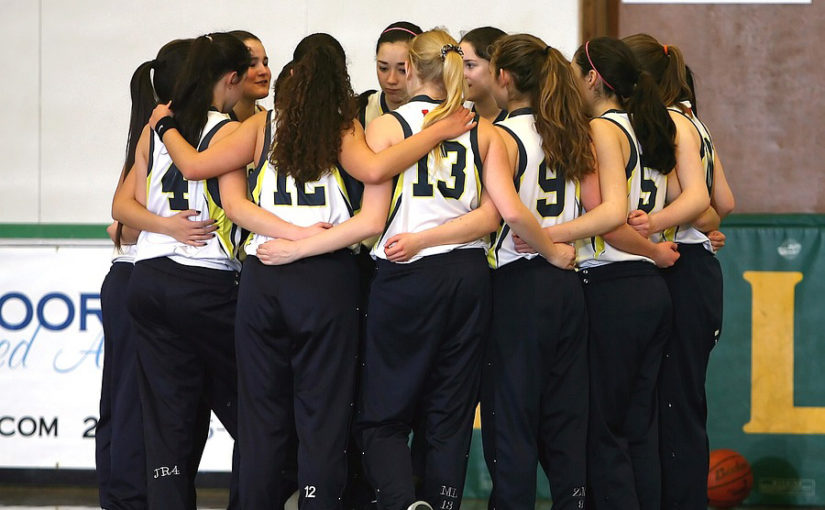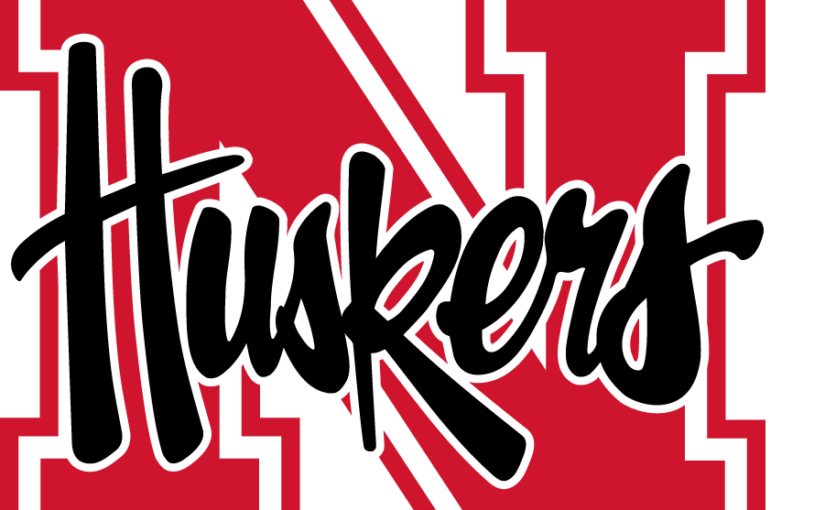MISOULA — How much?
The cost to move up a division in football remained a major question after the University of Montana decided in November not to join the Western Athletic Conference.The answer is, according to the consulting firm UM hired to study such a move, around $4.7 million — for starters.
The 221-page study compiled by the firm NACDA Consulting last summer and made available to the Missoulian last week by UM athletic director Jim O’Day has some eye-opening findings.
One is that an athletic budget that is just over $16.1 million now would have to increase to $22.9 in the next five years. The study projected the operating costs at $21 million in 2012-13, which is when UM would’ve joined the WAC.
Much of the increase would’ve been in the operating costs of the sports, including additional scholarships not only for football — which would’ve gone from 63 scholarships to the Bowl Subdivision limit of 85 — but also for women’s sports added to help UM keep in compliance with Title IX.
Included in the operating costs would have been $621,000 in salary and benefits for additional coaches — nine full-time positions, including a director of operations for men’s basketball and football, plus two graduate assistants.
The study makes for good reading at a time when rumors have again arisen that the WAC has renewed interest in both UM and Montana State.
WAC commissioner Karl Benson, UM athletic director Jim O’Day and UM president Royce Engstrom said Wednesday that discussions are not currently taking place.
“We are not having discussions,” Engstrom said. “As far as I can see, there’s no real story there. I won’t say I haven’t heard from (Benson), but we’re not having any discussions.”
Engstrom had sound reasoning for keeping the Grizzlies where they are: Many improvements need to be made for the Griz to stay ahead of the pack in the FCS.
The study calls for new academic study rooms, a new strength and conditioning facility, more administration offices and improved offices for the football staff. Those improvements could cost in the neighborhood of $11 million.
The study also suggests reconstructing the press box and west side suites at Washington-Grizzly Stadium ahead of a move up. That could be as much as another $5.25 million.
Finally, to bring UM into the FBS era you can add suggested improvements to Dahlberg Arena and the Adams Center, reconstruction of the soccer stadium and the track at Dornblaser, refurbishment of a high school softball field to bring it up to NCAA specifications and another seat expansion at Washington-Grizzly.
Add that to the previous improvements and the price tag is $30.6 million.
That, of course, is the Taj Mahal price — if UM does everything suggested in the study. Among the many positives that are touted is the fact that Montana’s three-year average attendance for football games would rank second in the WAC.
Hawaii averaged 40,416 fans; Montana, 23,713. Next is Louisiana Tech at 18,861. The study excluded Boise State, Nevada and Fresno State, all of which announced plans to leave the WAC during the summer of 2010.
Another bright spot was the women’s basketball attendance: The Lady Griz’ 2009-10 average of 3,636 would lead the WAC.
But the study shows that while Lady Griz coach Robin Selvig has a higher salary than the average women’s basketball coach in the WAC, men’s coach Wayne Tinkle is making roughly half what his average counterpart in the WAC makes.
Montana confirmed this week that it is planning to add softball to help bring the athletic department more in line with Title IX, a law that guarantees equal participation for women and men.
Montana’s undergraduate population is 53 percent female, but UM’s student athletes are just 44 percent women.
Softball will get UM partway there; the study suggests the most likely additions for women’s sports are softball and swimming/diving. The WAC offers conference championships in 11 women’s sports, including gymnastics.
Engstrom said Wednesday that adding softball wasn’t a nod toward a move up to the WAC.
“It’s really two completely separate issues,” he said. “We are looking hard at our Title IX situation. It’s pretty obvious we need to continue to add opportunities for female athletes.”
Clearly a lot of work needs to be done to make a move. As it stands UM has done an impressive job with its athletic budget, given its geographical setting. The Grizzlies’ football attendance fits in with the WAC despite a below-average population base.
The NACDA report calculated the population within a 100-mile radius of Missoula at 460,131; only Montana State in Bozeman had a smaller base at 360,382 in the Big Sky. The league average is 3.9 million people.
In many ways the Grizzlies are above the curve. Whether they stay ahead of it will determine whether they will eventually make the jump.







